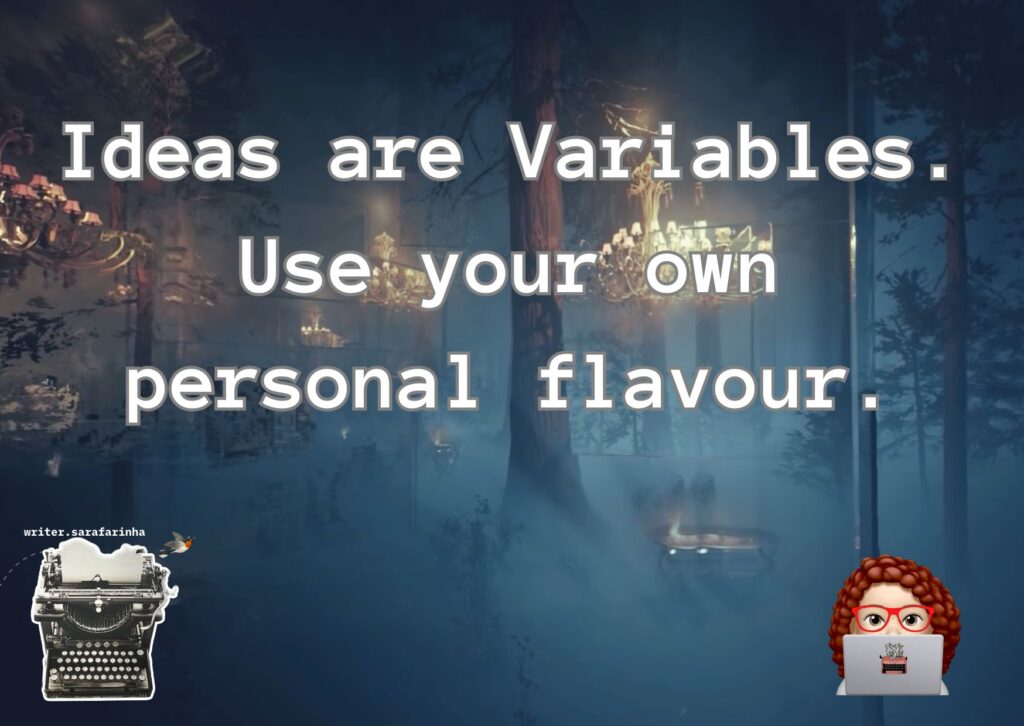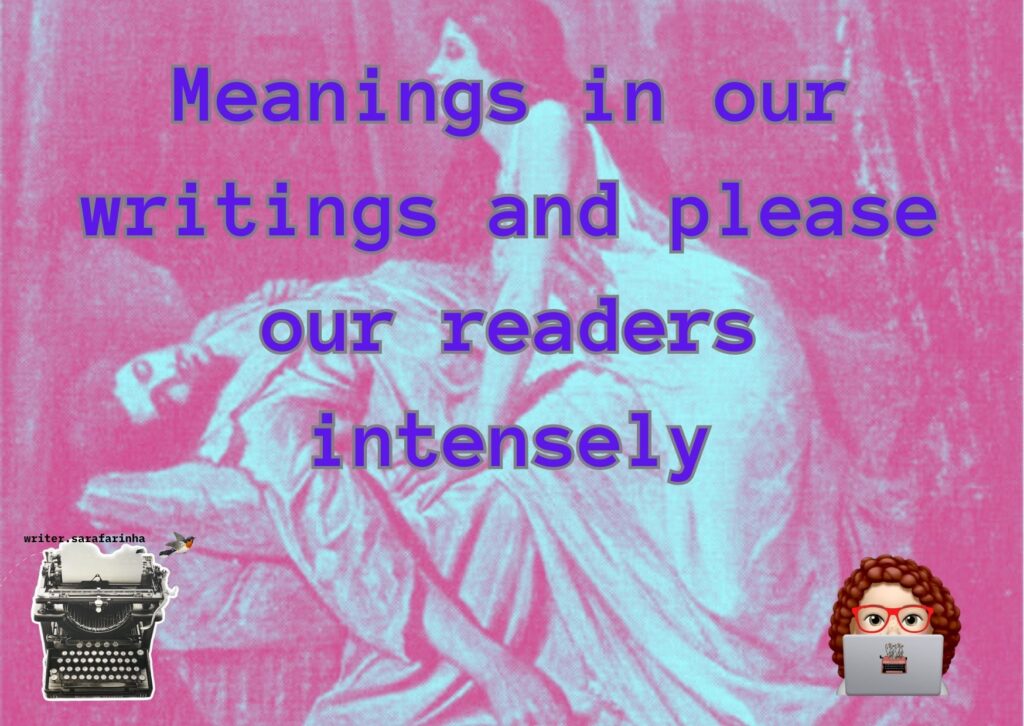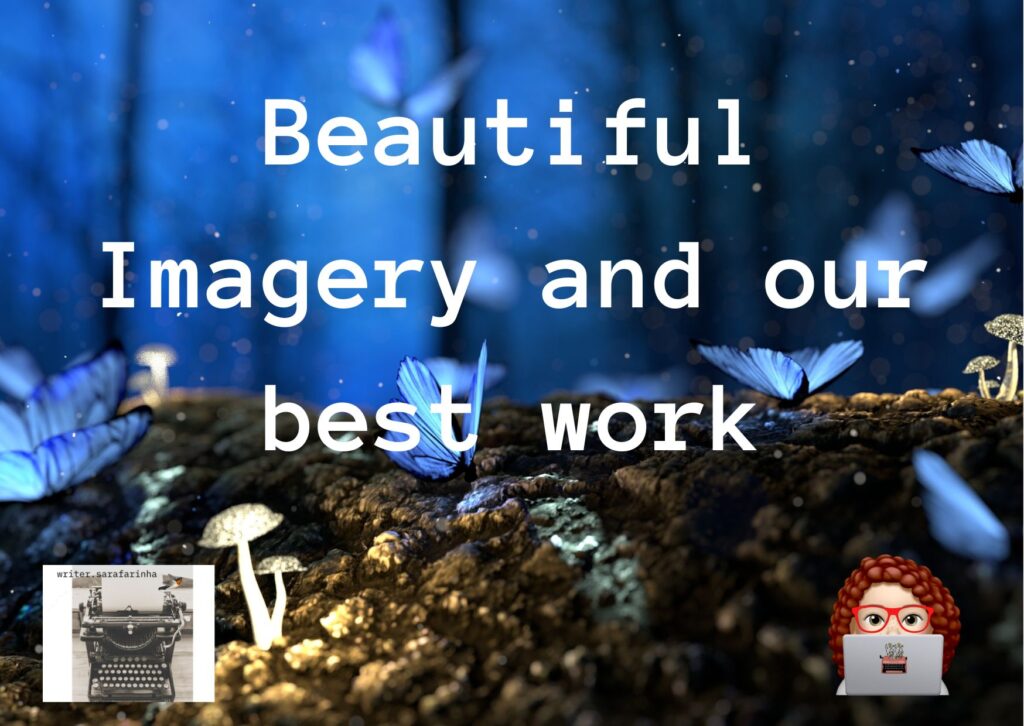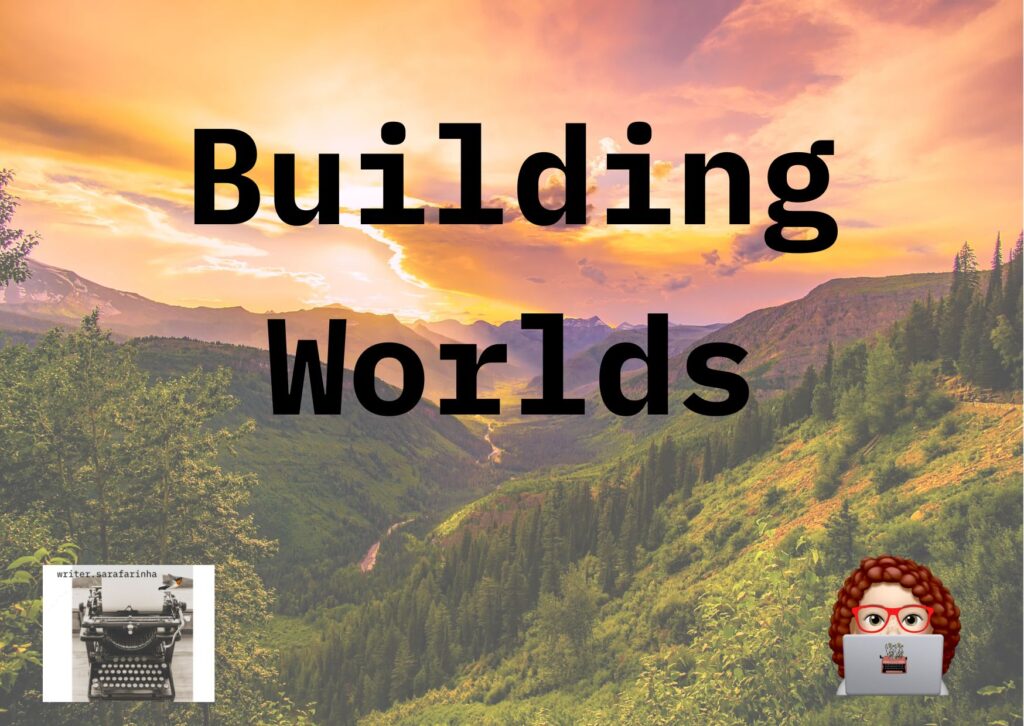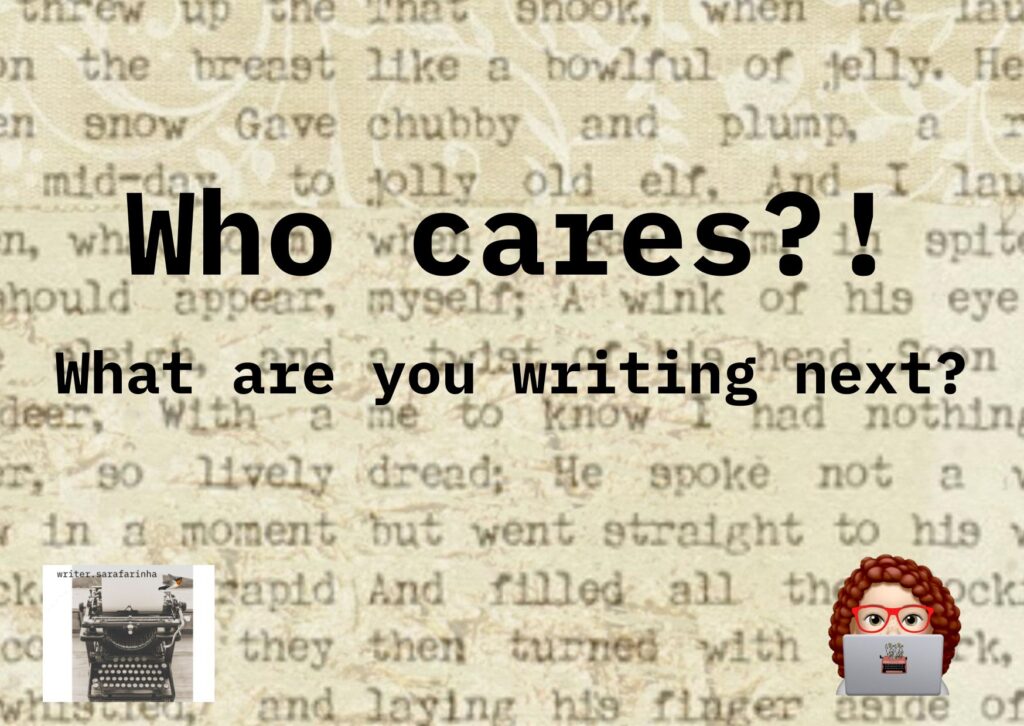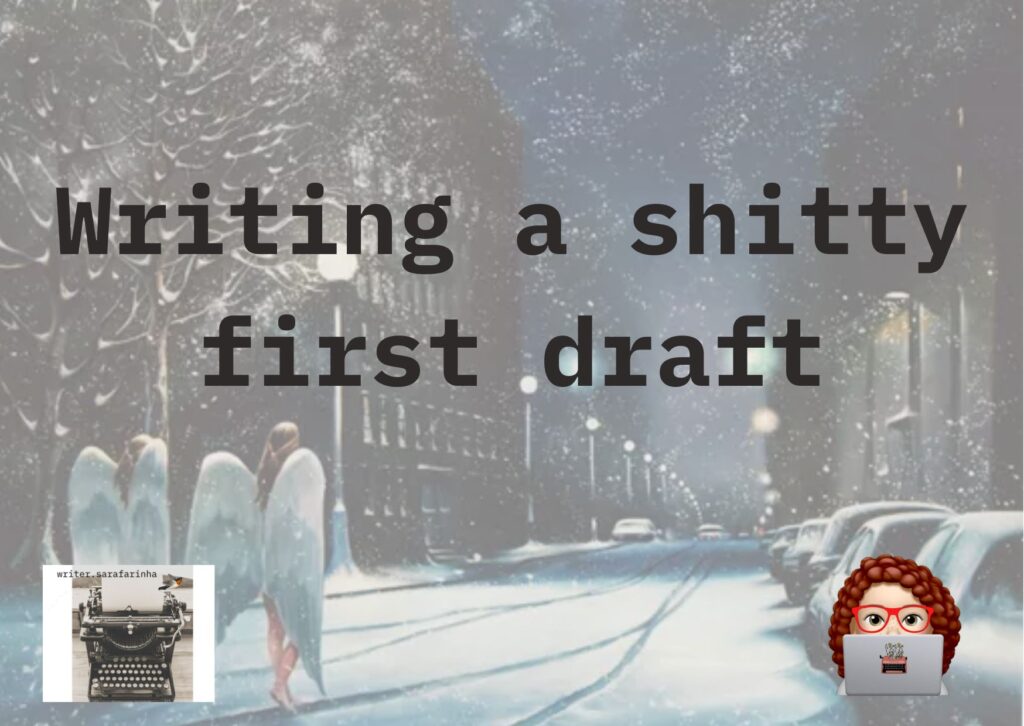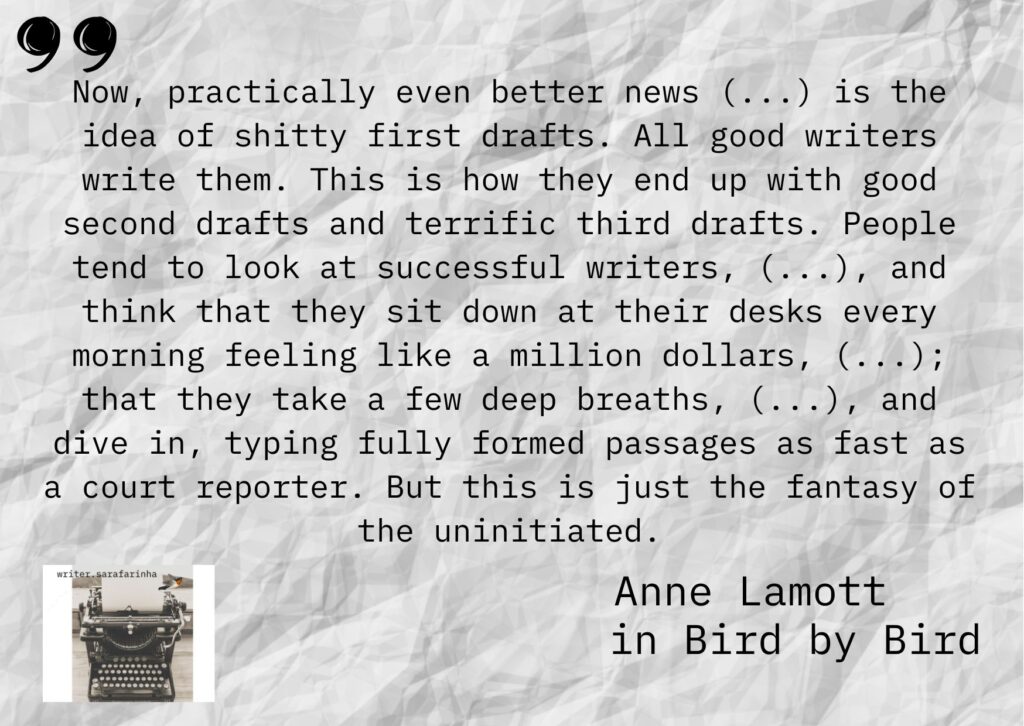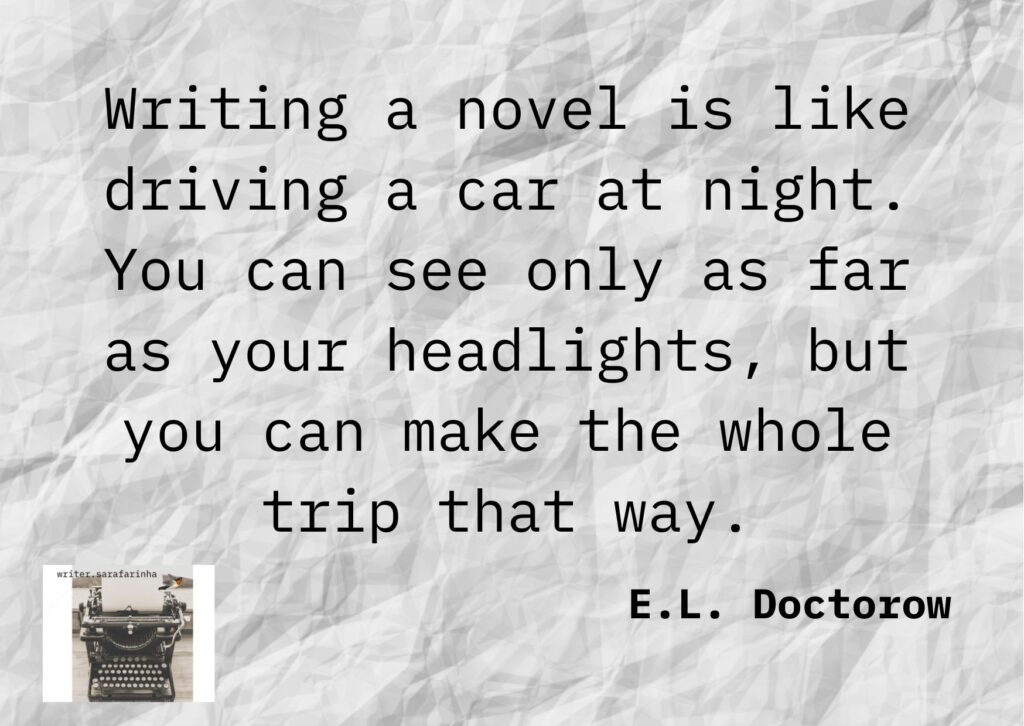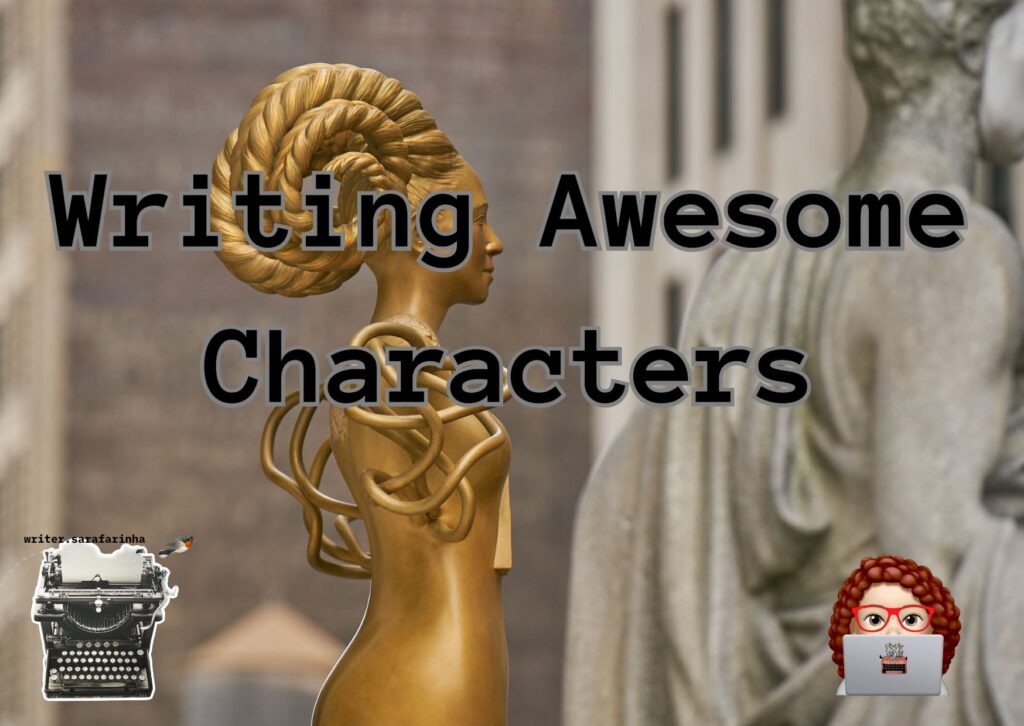
Hello all! Welcome back to this blog.
Telling stories is all about creating awesome characters.
Think of it like this, in a world of our own volition, even the dog can, and must, be a great character.
An awesome character is not just the more likeable, or the most evil, or the better constructed. An awesome character has something in him that captivates the reader.
It’s like when we meet someone and we get all these vibes about who that person might be, and all the secrets that are hers, and the little details that make us wonder who, what, and how she really is. And, ultimately, why someone is the way she is.
The process that goes from those first impressions, to knowing a character a bit better, to understanding him, and where he is coming from, is kind of comparable to knowing a new person in real life.
All about the characters
In some stories, it’s all about the characters. This reminds me of the characters of a movie I have seen recently: ‘Elvis‘, 2022, with Tom Hanks and Austin Butler. Just, UAU!
I guess it’s a truth well acknowledged that Tom Hanks is a spectacular actor. At least, I think so.
And that any movie made about Elvis would be well loved by the fans.
But Tom Hank’s ‘Coronel Tom Parker’ is something else. I just couldn’t hate the guy. Not as he is being portrayed in his glorious simplicity by Tom Hanks.
And Austin Butler has made this story/character justice. He gives Elvis character some unknown animated spirit that just takes control of who’s watching.
I’ll leave a sneak peak here:
These are strong characters, in a real life inspired story, but never forgetting that ultimately, it is entertainment and fictional factors bringing this movie to life.
It is not a documentary. It’s a living, breathing, piece of art, full of color, sound, feelings and dazzle.
And so much has been said by Elvis and his life, work and career, that I never thought it could be done in a so inspiringly new perspective.
And this movie experience serves the theme of this article, because these characters are truly well constructed, whole, amazing in themselves, and in this particular rendering.
Characters and Character-driven story
In a character-driven story (with a special focus on characters, instead of plot), having a clear notion about who the characters are, what they desire most, what they want, and what they really need, how they will evolve throughout the happenings of the plot, is imperative to create an epic story.
We need to know them profoundly in all their shortcomings and awesomeness.
An awesome character has a je ne says quoi, something in him that reels us in, in his very private, very demonically, very growth needed existence.
Usually, this is achieved through feelings.
We get an awesome character and make him ignite feelings in our readers. Through our words, and concepts, and delivering them the right way, we are able to nurture specific feelings in our readers. Positive or negative feelings.
Even if the character is weird, out of the box, totally wrong for common sense standards, if we make people feel for him, understand him, have compassion or/and even hate him profoundly, we have created an awesome character.
Even the dog needs to be a great character
In a story all characters should have this dept. Even if they are not the focus (the main characters), they should be well constructed and feel real, instead of just a random prop, popping up here and there.
So, even the dog needs to be awesome. And not just for the empathic statement of the ‘save the defenseless to create empathy‘ scheme.
The way he looks like, how he behaves, the role he has in the main story. But also the meaning that his presence partakes to other characters, and their own needs and actions, growing along while the plot is unravelling.
As a great side kick, or as the main character, even an animal needs to be imagined in awesome, plot contributing ways.
But these are just a few ideas to consider about creating awesome characters.
There are so much more. More practical, or inspired, and even formulaic ways to create and develop a character.
But to make it awesome, I believe we must infuse them with the power of evoking feelings. And I’m sure we will get an awesome fictional being.
So…
Make them special. Make them known to you. Make people feel for them. Work them thoroughly.
And it’s: awesomeness achieved.
